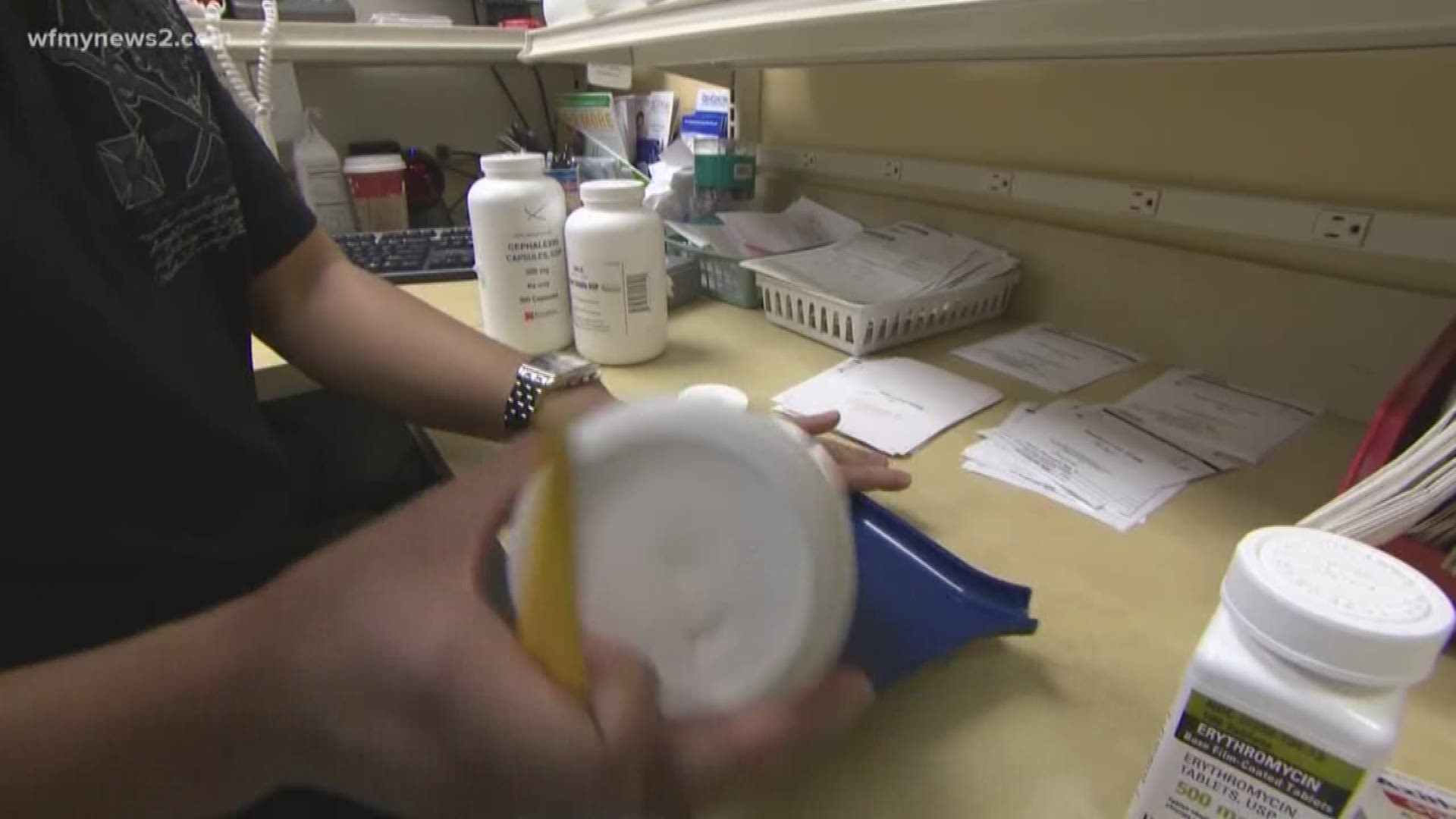GREENSBORO, N.C.-- North Carolina is one of 26 states were antibiotic resistant "nightmare bacteria" was found, according to the Centers for Disease Control and Prevention.
Nightmare bacteria is the dangerous germ carbapenem-resistant Enterobacteriaceae (CRE), which can kill if it gets into the bloodstream, urinary tract or lungs.
In recent years, the CDC has warned about antibiotic resistance as infections become less responsive to the drugs used to treat them.
A new report released this week from the CDC shows that 221 cases of unusual resistance in "nightmare bacteria" in 27 states, including North Carolina. The bacteria is nearly or fully untreatable.
"I can tell you that I was surprised by the numbers that we found. This was more than I was expecting. But it's the beginning of looking. We hope though that this won't be an inevitable march upward," CDC Principal Deputy Director Anne Schuchat said.
Doctors say the resistance stems from the overuse and overprescription of antibiotics. Antibiotics are the safety net for most cancer treatments, surgical procedures, ICU care and organ transplants.
Resistance threatens this safety net.
Once antibiotic resistance takes hold, it can spread like wildfire, making it extremely difficult to control, the CDC warns. Antibiotic resistance can spread from people with or without symptoms of infection, between hospitals and health care facilities, and even between germs themselves.
In fact, the CDC report showed that one in four germ samples sent for testing had special genes that allow them to spread their resistance to other germs.
In health care facilities where unusual resistance was found, researchers found that in patients without symptoms, about one in 10 screening tests identified a difficult-to-treat germ that spreads easily. That means the germ has the potential to spread undetected in that facility.
The CDC says a joint effort and aggressive approach involving government officials, doctors and health care facilities can help stop resistant bugs before they spread widely. The report offers a containment strategy, which Schuchat said will help "bend the curve or slow the spread of antibiotic resistance."
The containment strategy calls for:
- Rapid identification of resistant germs.
- Use of infection control measures, such as hospital gloves and gowns and special cleaning in the rooms of infected patients.
- Testing patients without symptoms who may carry and spread the germ.
- Continued infection control and testing until it is confirmed that spread has stopped.
- The report estimates that if implemented correctly, the strategy could prevent 1,600 cases of the superbug CRE in one state over a three-year period.

